|
Gregg Eyestone, Horticulture Agent from Riley County, has put together a nice chart that covers sidedressing nitrogen on annual flowers, certain perennial flowers, vegetables and various small fruit. Sidedressing (also called topdressing) is applying nitrogen fertilizer as plants are growing to give them an extra boost. Done correctly, sidedressing can improve vegetable, fruit and flower production. Gregg lists the crop, the amount of fertilizer needed, and suggested time of application. Rates are given for ammonium sulfate, urea and blood meal. You may find the chart at http://tinyurl.com/hxtgres (Ward Upham)
0 Comments
Transplant solutions are mild fertilizer solutions that are applied to newly transplanted vegetables and flowers. Transplant solutions are also called starter solutions or root stimulators. Early-season plants not given a transplant solution often develop a purplish tinge to the leaves caused by a phosphorus deficiency. Surprisingly, the soil may have plenty of phosphorus but plants often have difficulty taking up nutrients in cool soils. The starter solution places soluble nutrients near the roots so the plants get off to a good, strong start.
Transplant solutions (root stimulators) are available for sale but it is also possible to make your own transplant solution from a fertilizer that contains more phosphorus than nitrogen or potassium such as a 5-10-5, 10-20-10 or 11-15-11. Mix 2 to 3 tablespoons of one of the above fertilizers in a gallon of water several hours before use. The fertilizer won't completely dissolve but enough will go into solution to get plants off to a good start. Use about 1 cup of transplant solution for each transplant. Sidedressing is a fertilization done after the plants are established. A fertilizer containing primarily nitrogen is used to keep plants growing and productive. Nitrate of soda (16-0-0) is often used at the rate of 2 pounds fertilizer per 100 feet of row. More commonly available lawn fertilizers such as a 30-3-3, 29-5-4 or something similar can also be used but cut the rate in half. Be sure any lawn fertilizer used does not contain weed preventers or weed killers. Note that most fertilizers weigh about 1 pound per pint of product. We have a sidedressing sheet available that lists crops, rate of fertilizer application and timing of application(s) for many common vegetables as well as annual flowers. The sheet can be viewed at https://tinyurl.com/j2ggaa6 (Ward Upham) Video of the Week: |
AuthorsCynthia Domenghini runs the Horticulture Response Center in the Department of Horticulture and Natural Resources at Kansas State University. Other contributors include K-State Extension Specialists. Archives
March 2024
Categories
All
|
| K-State Research and Extension Horticulture Newsletter |
|
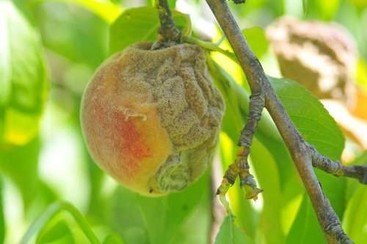
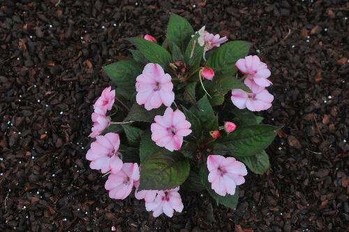
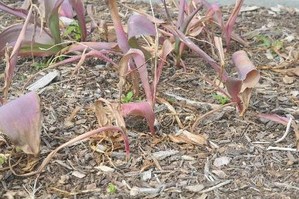
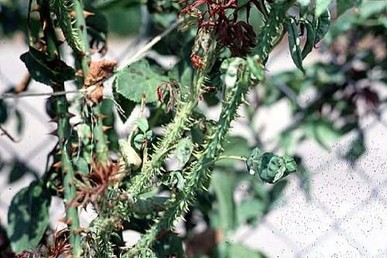
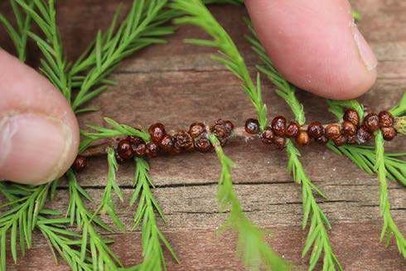
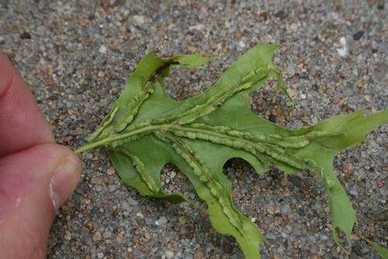
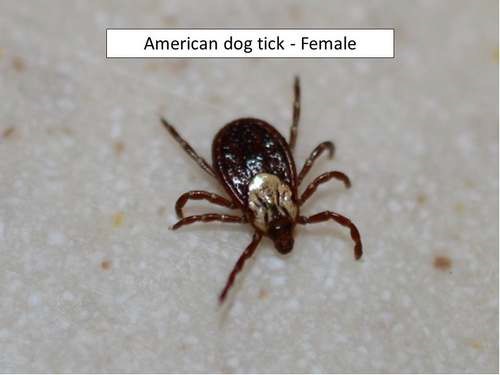
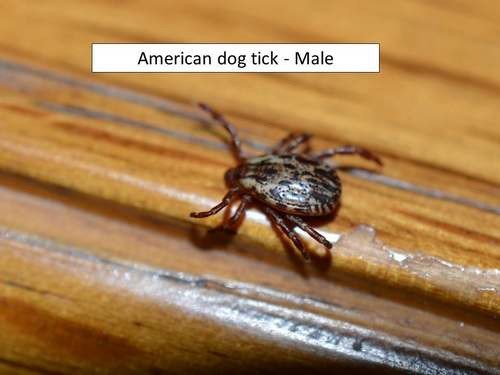
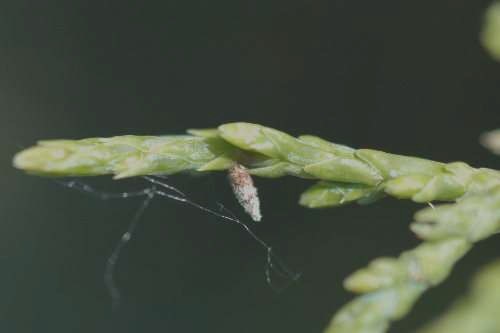
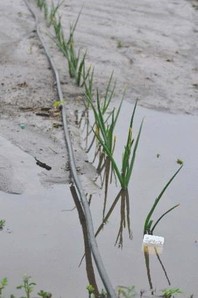
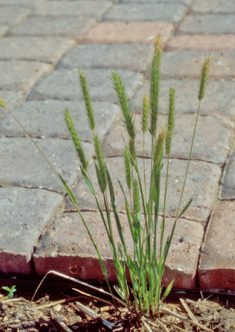
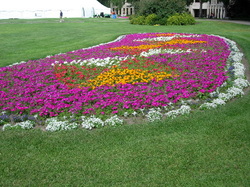
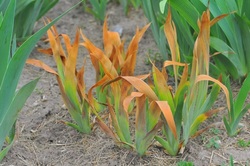
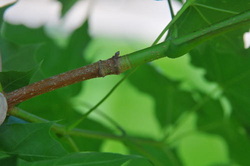
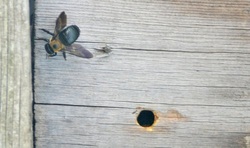
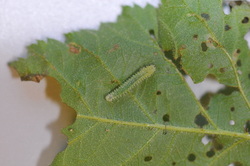
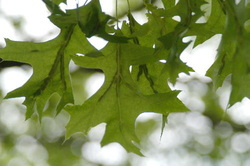
 RSS Feed
RSS Feed
